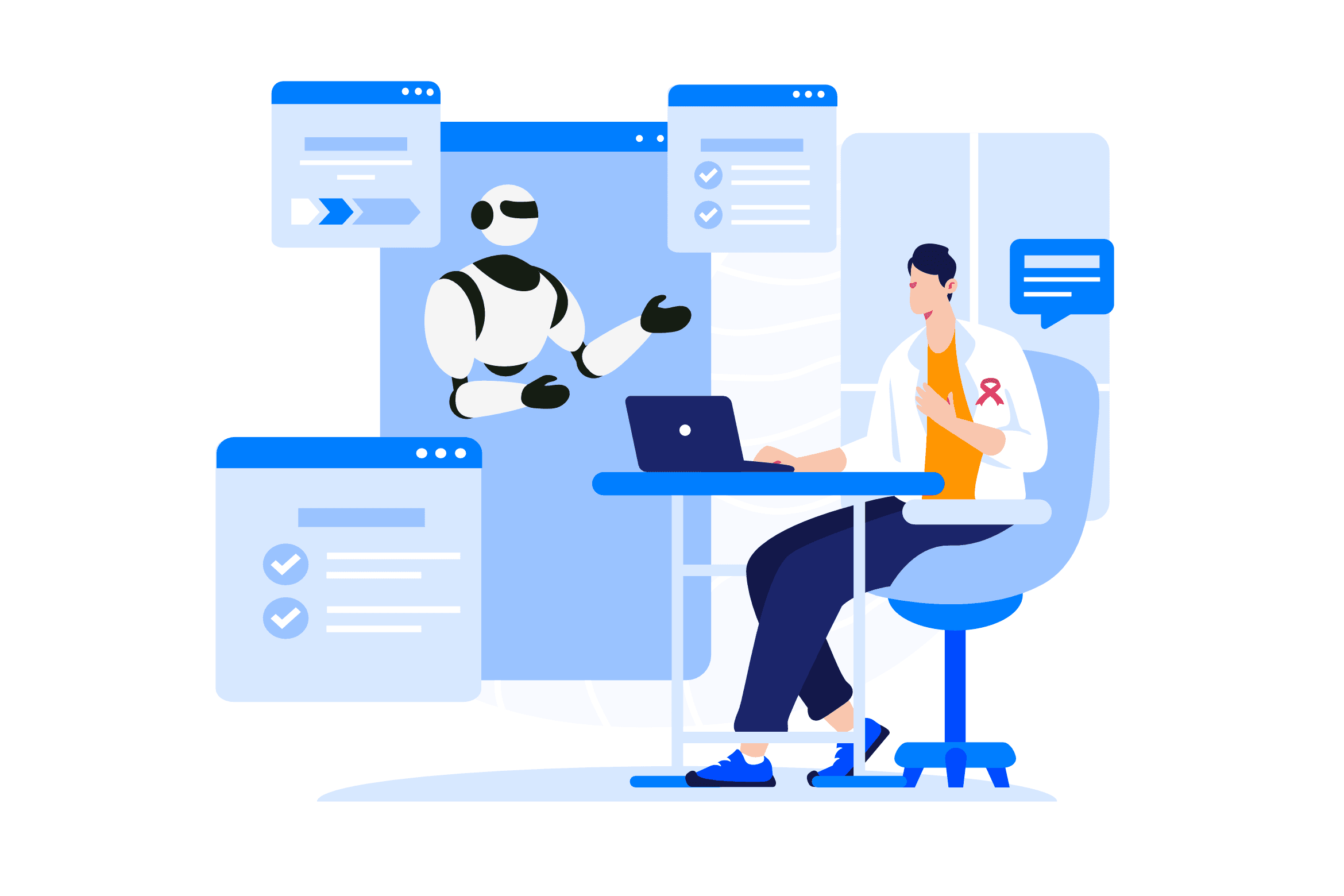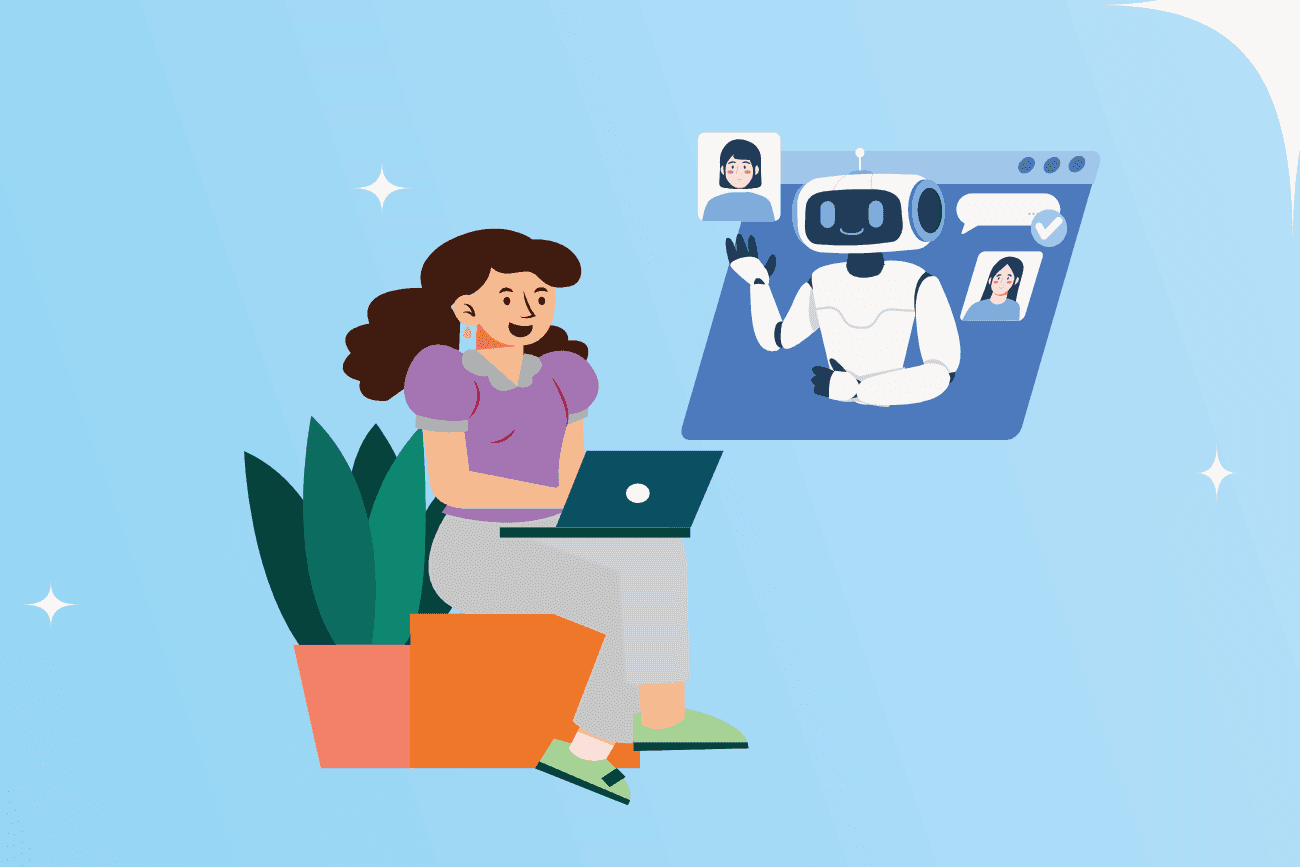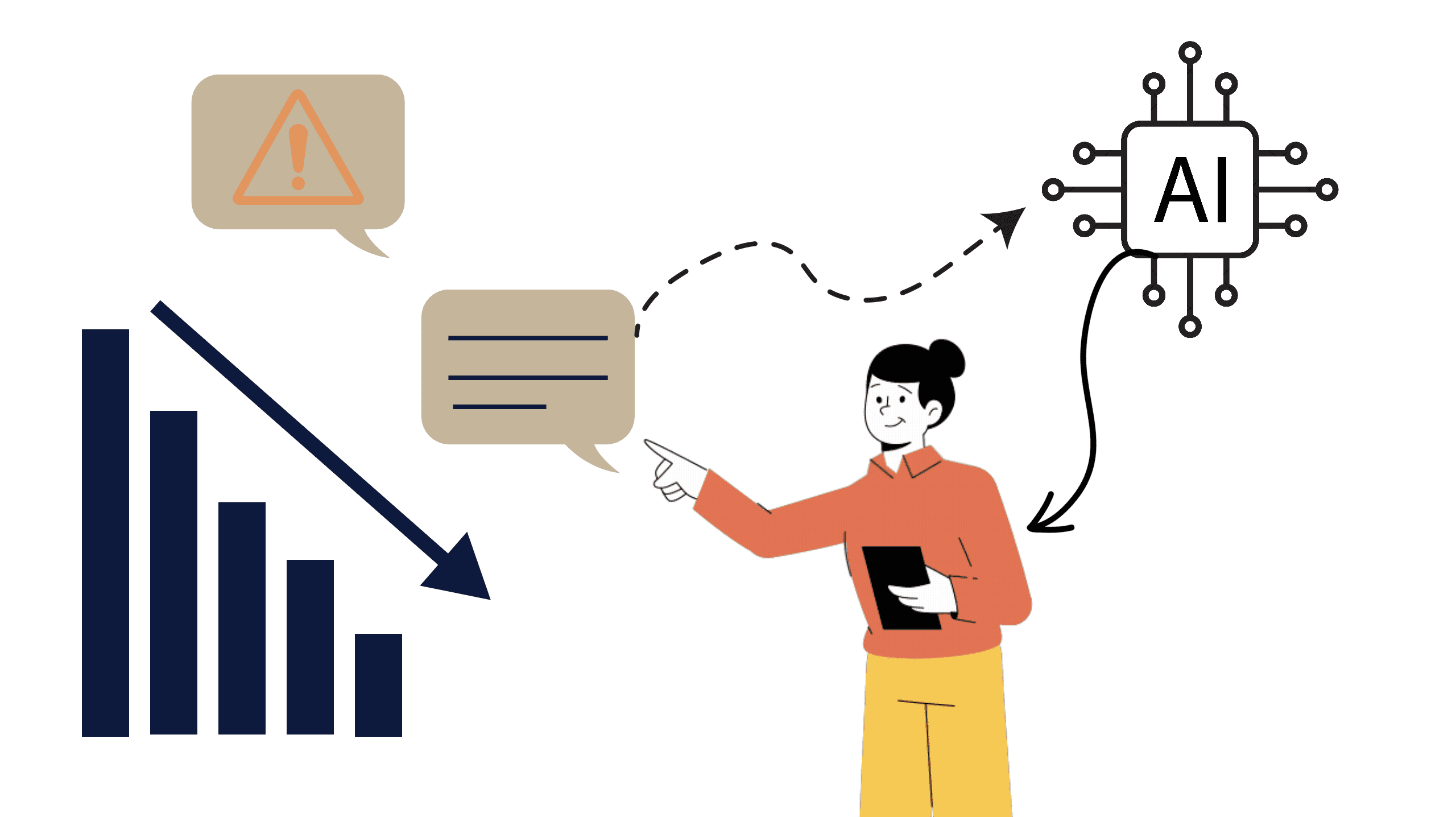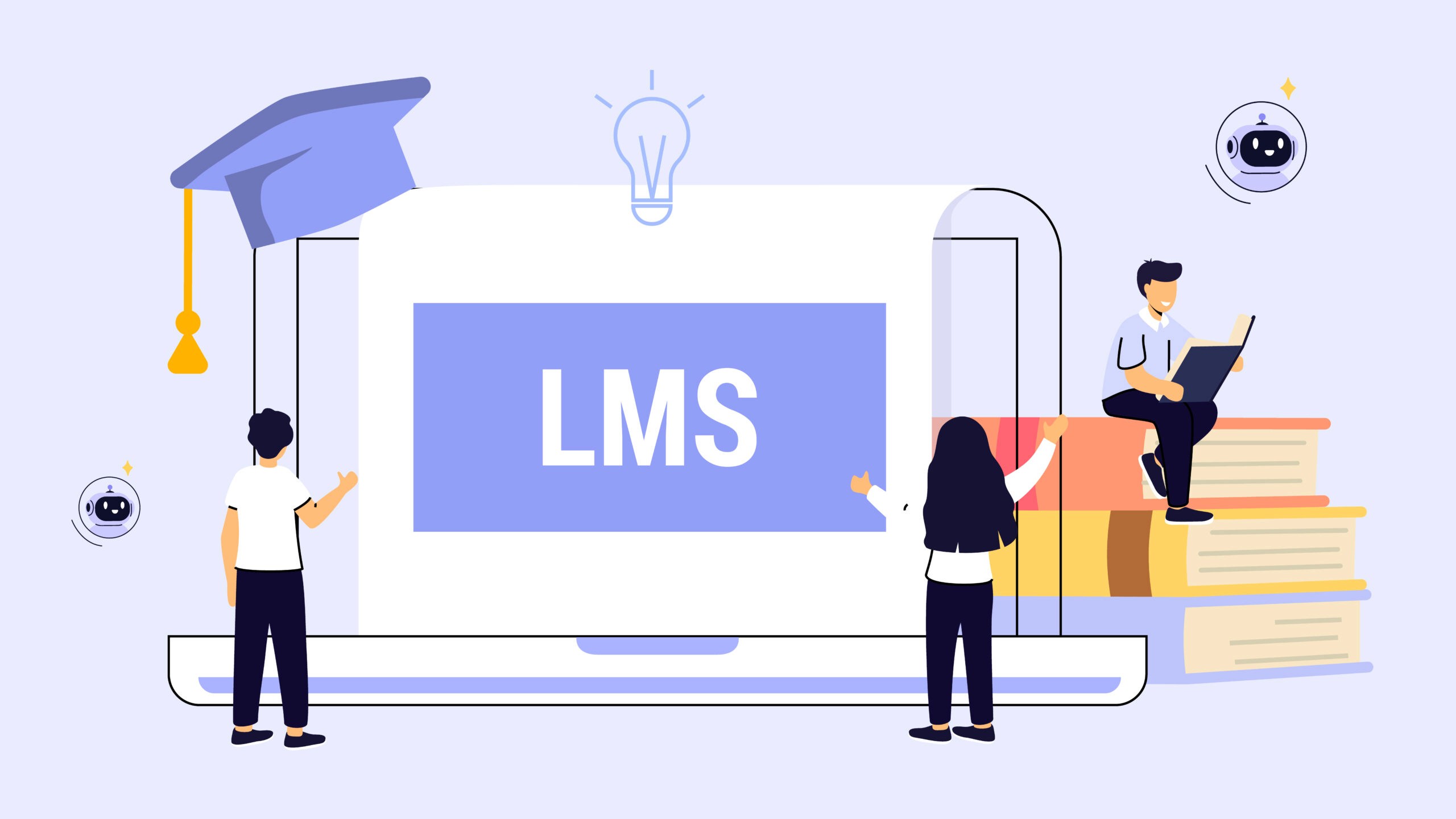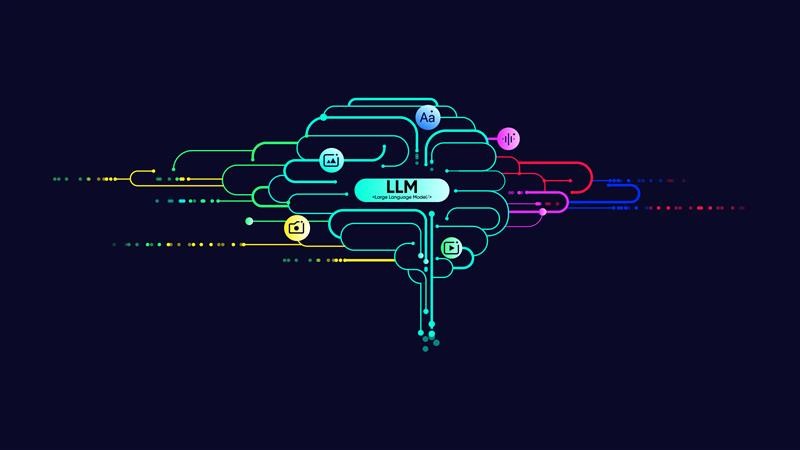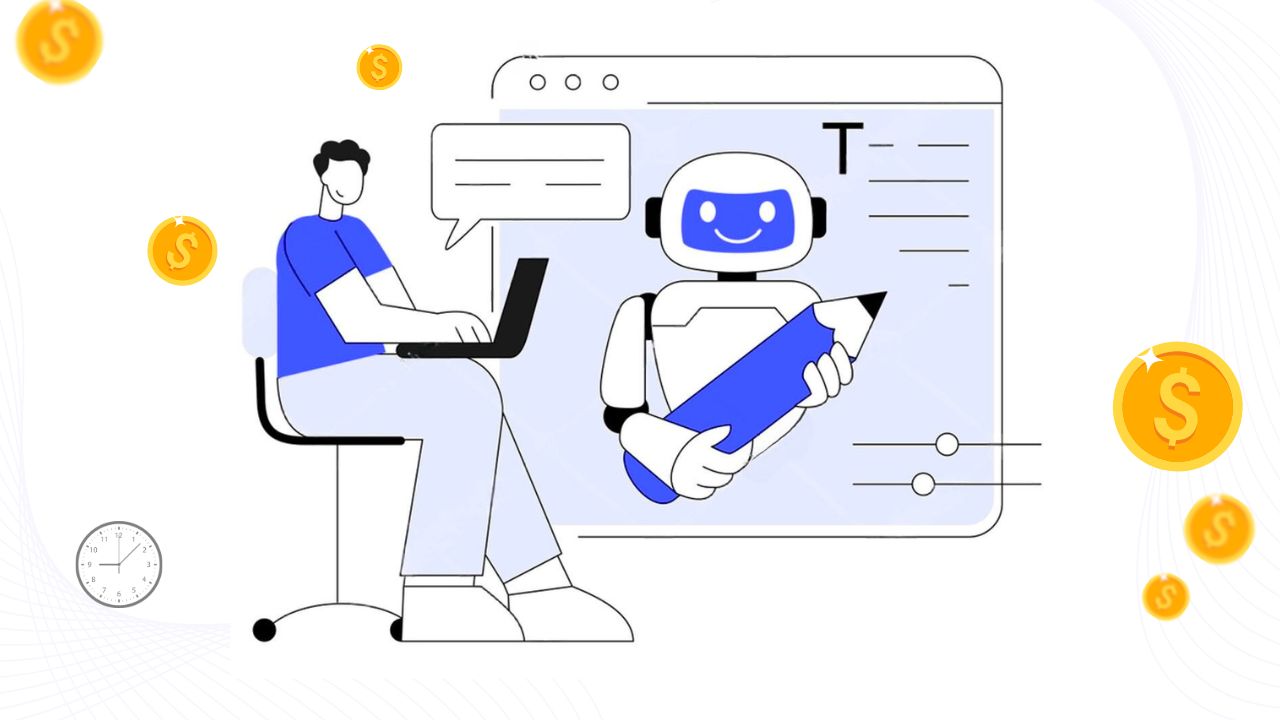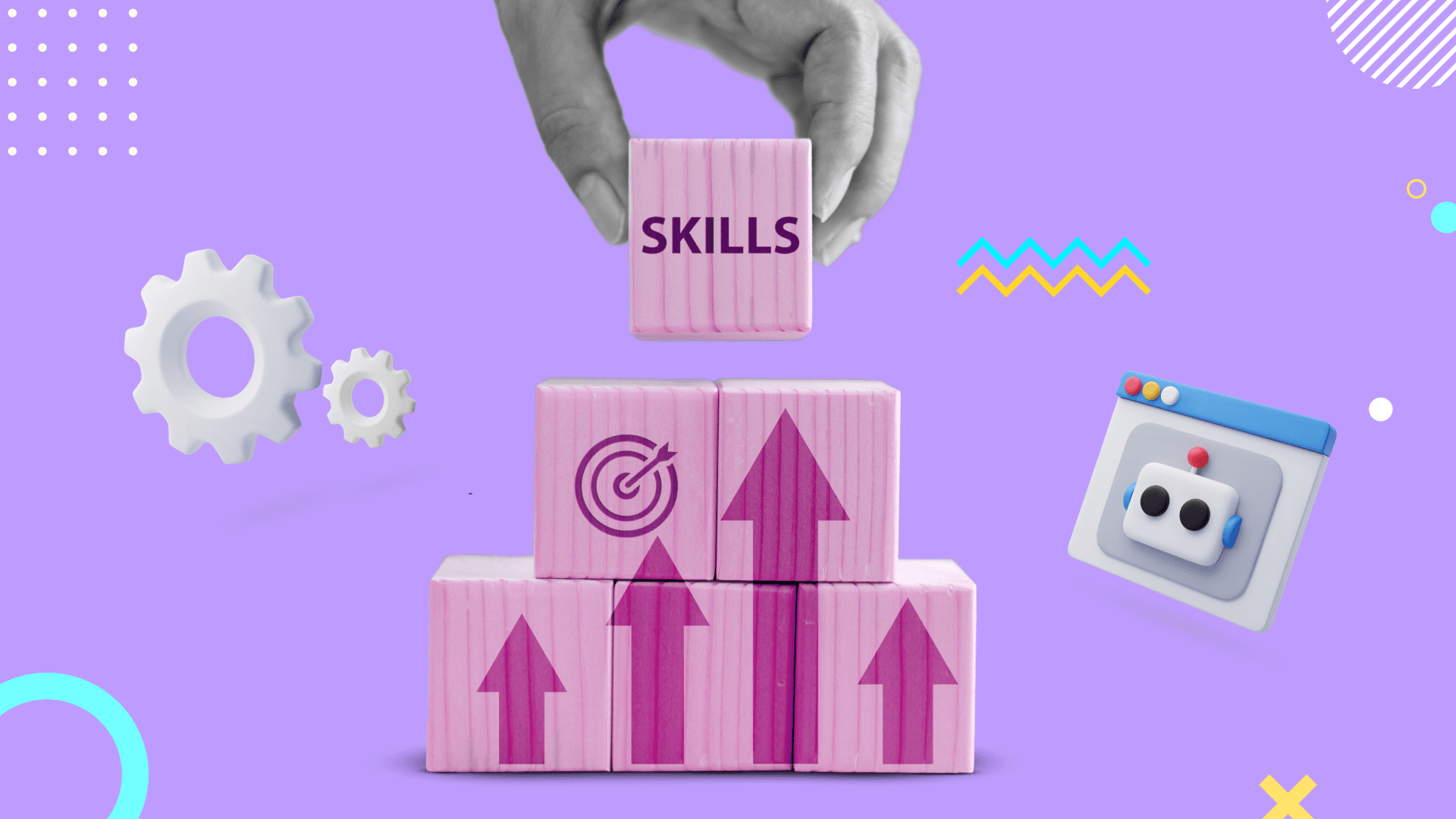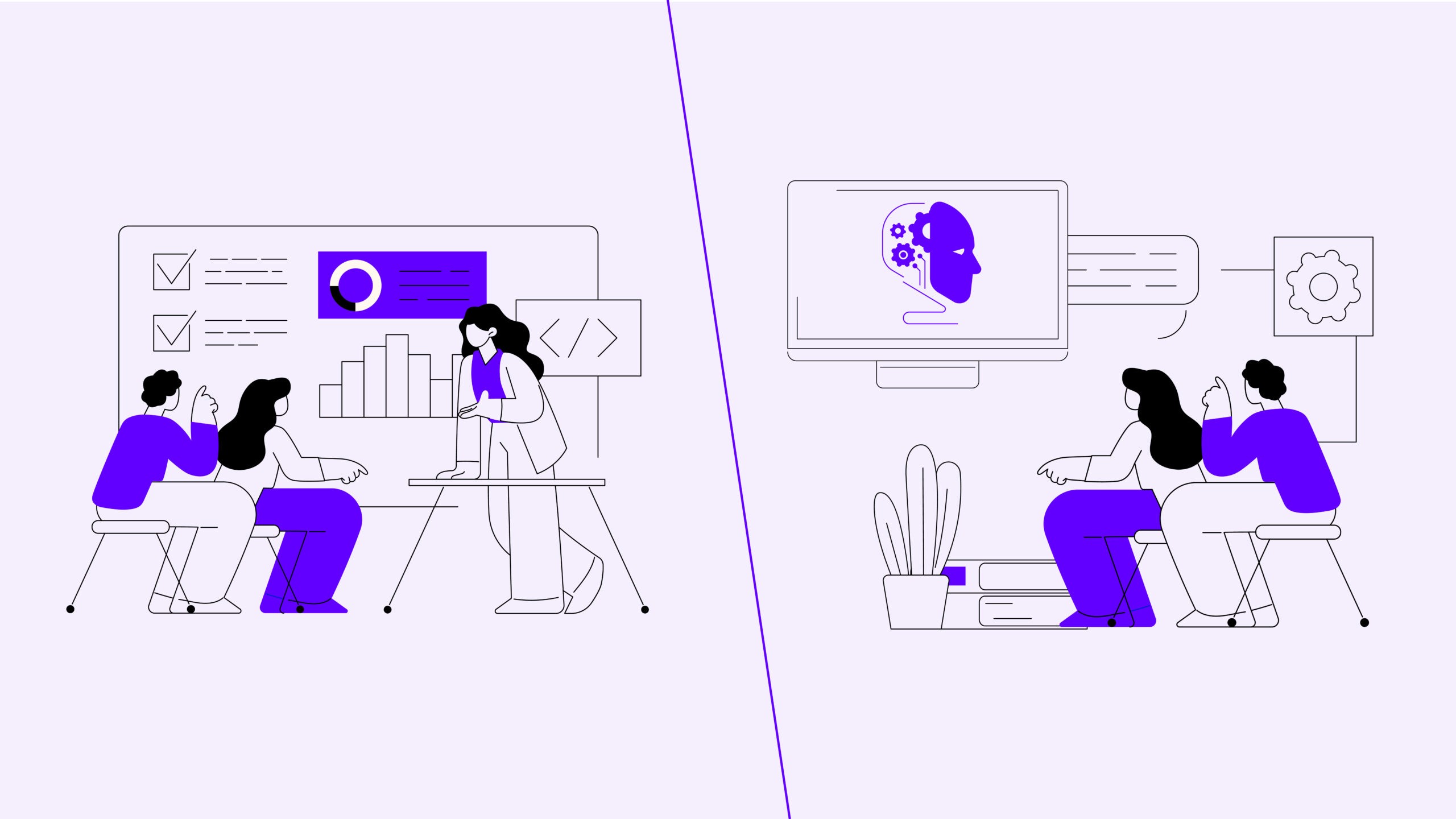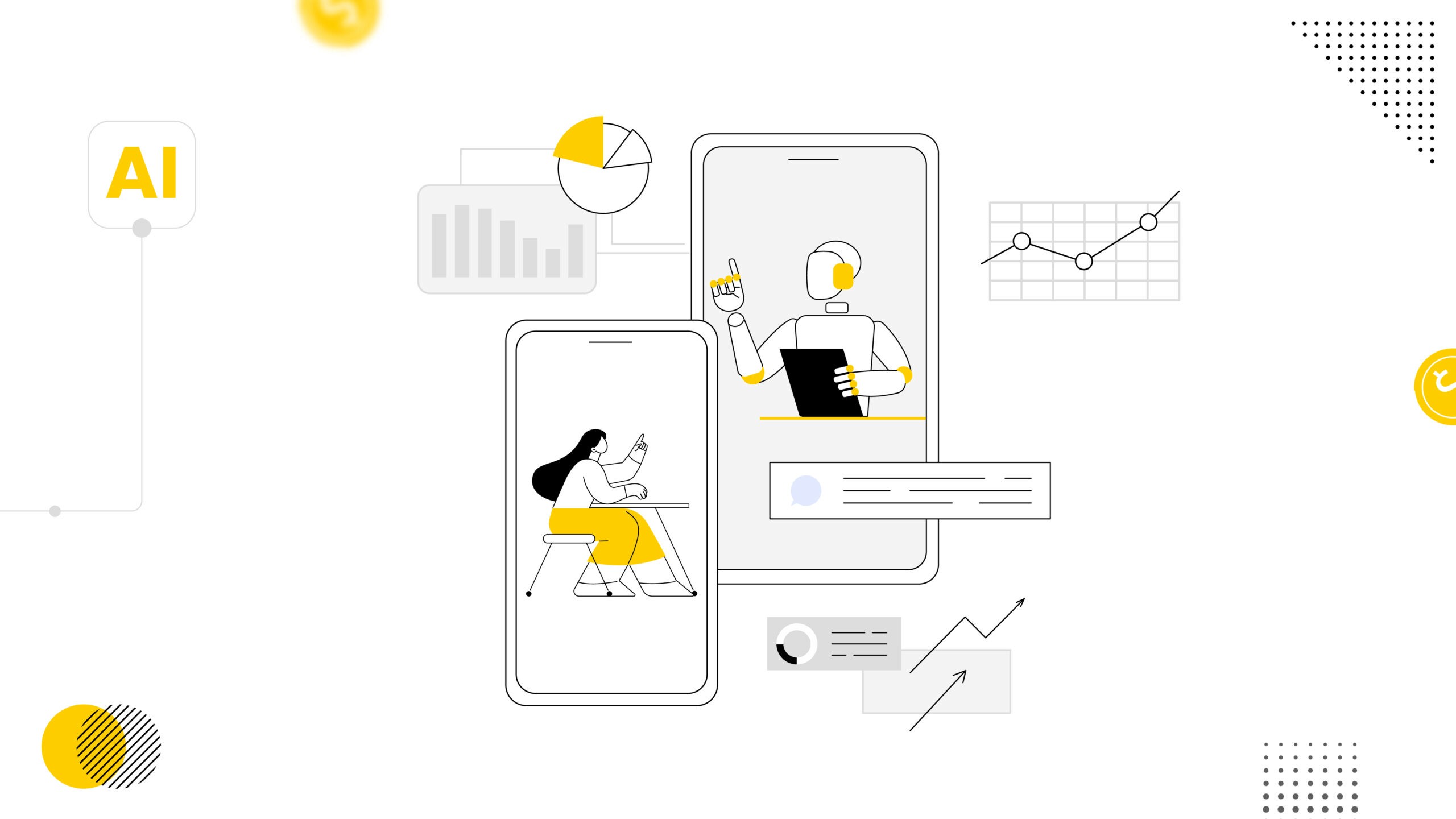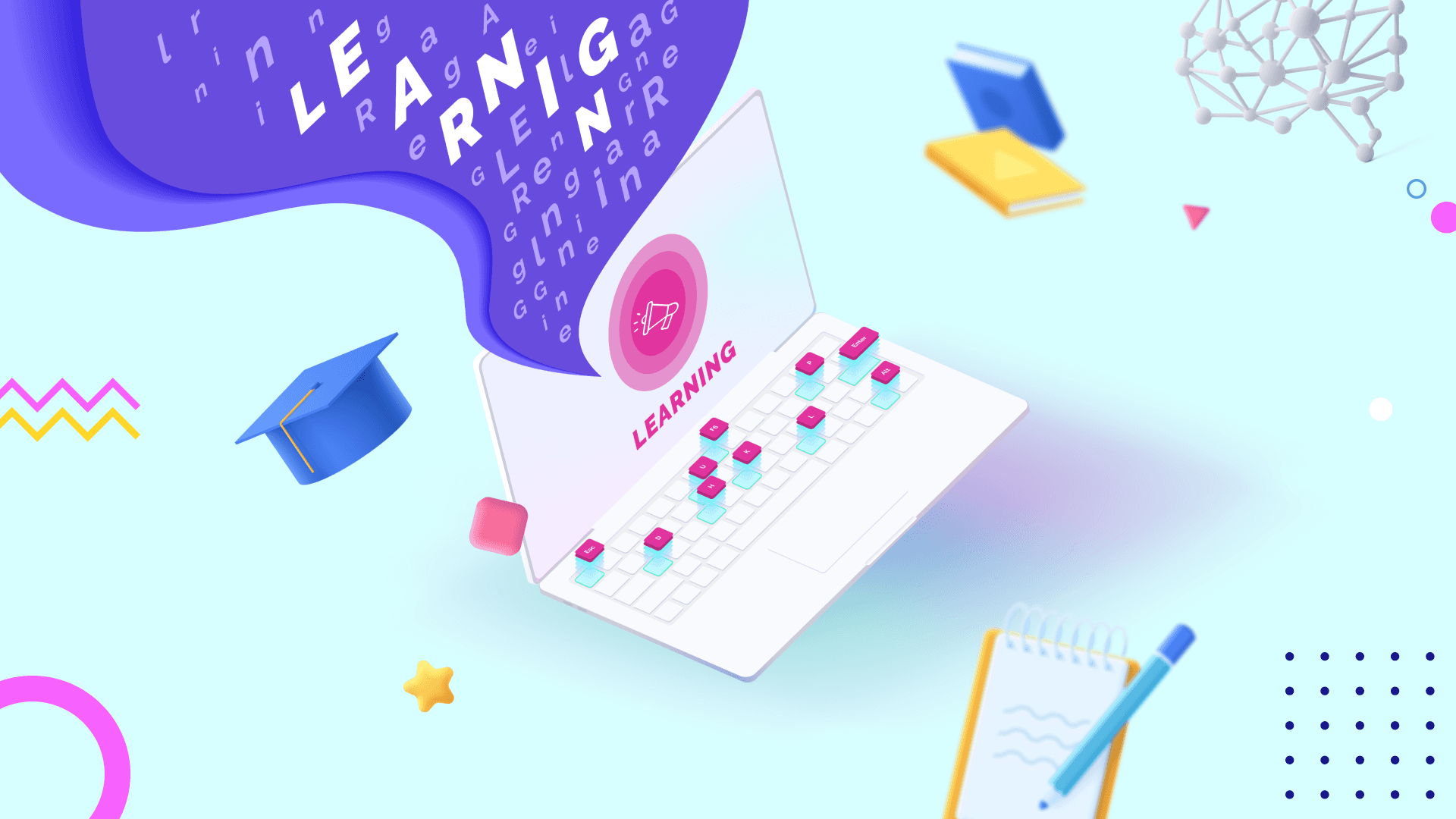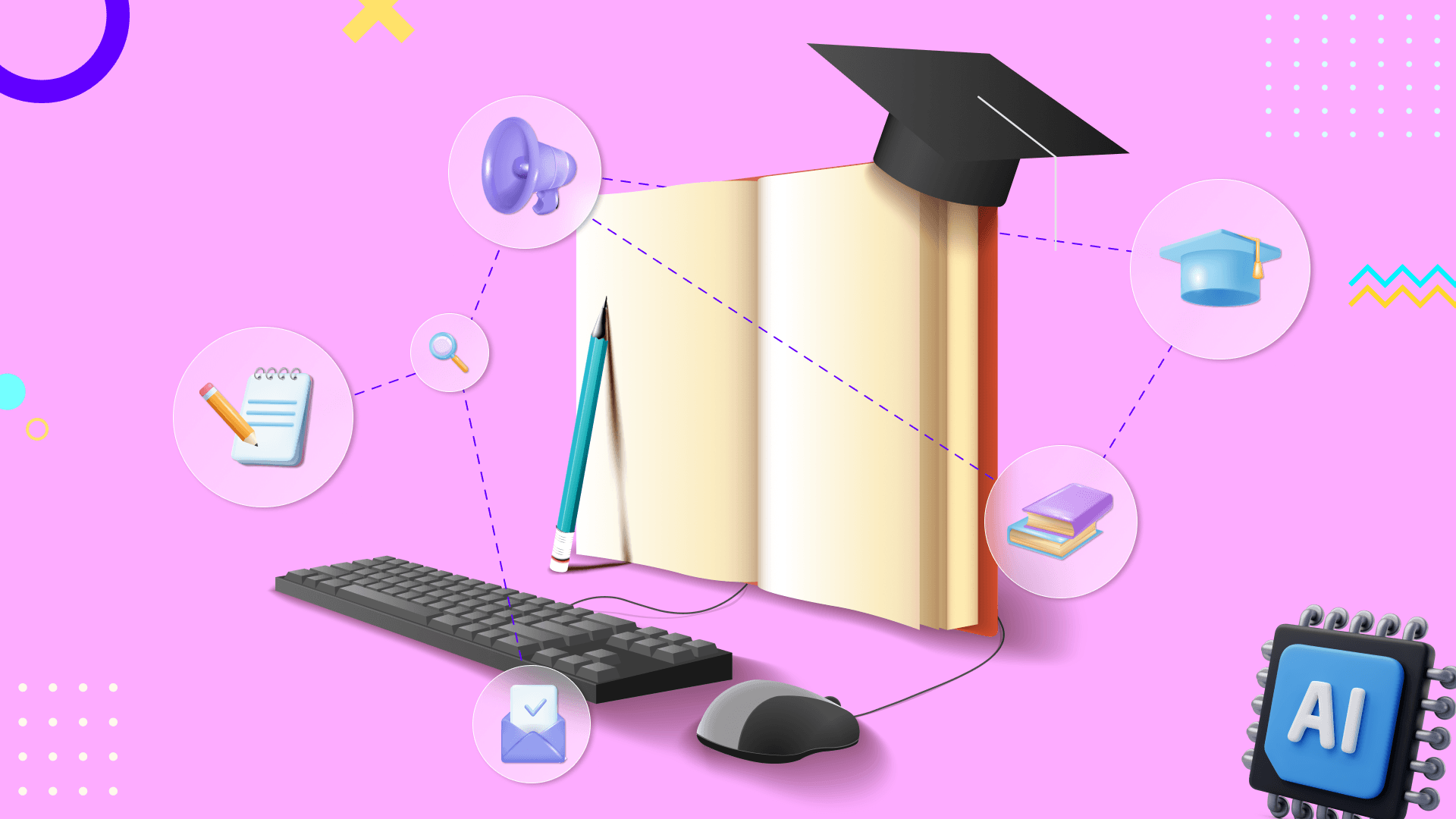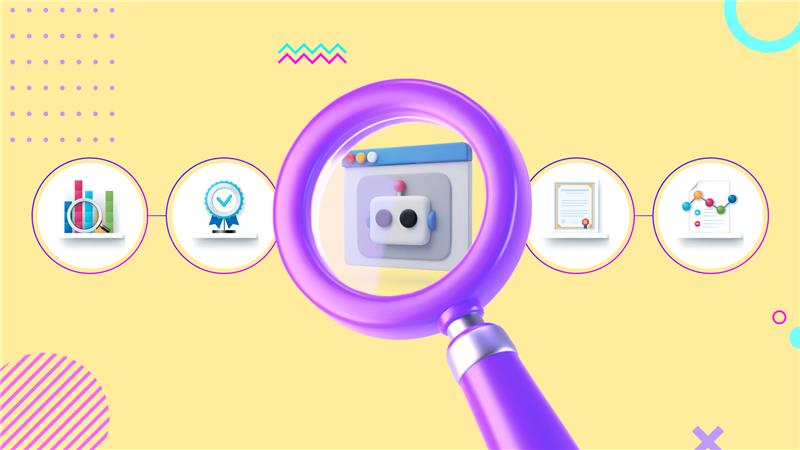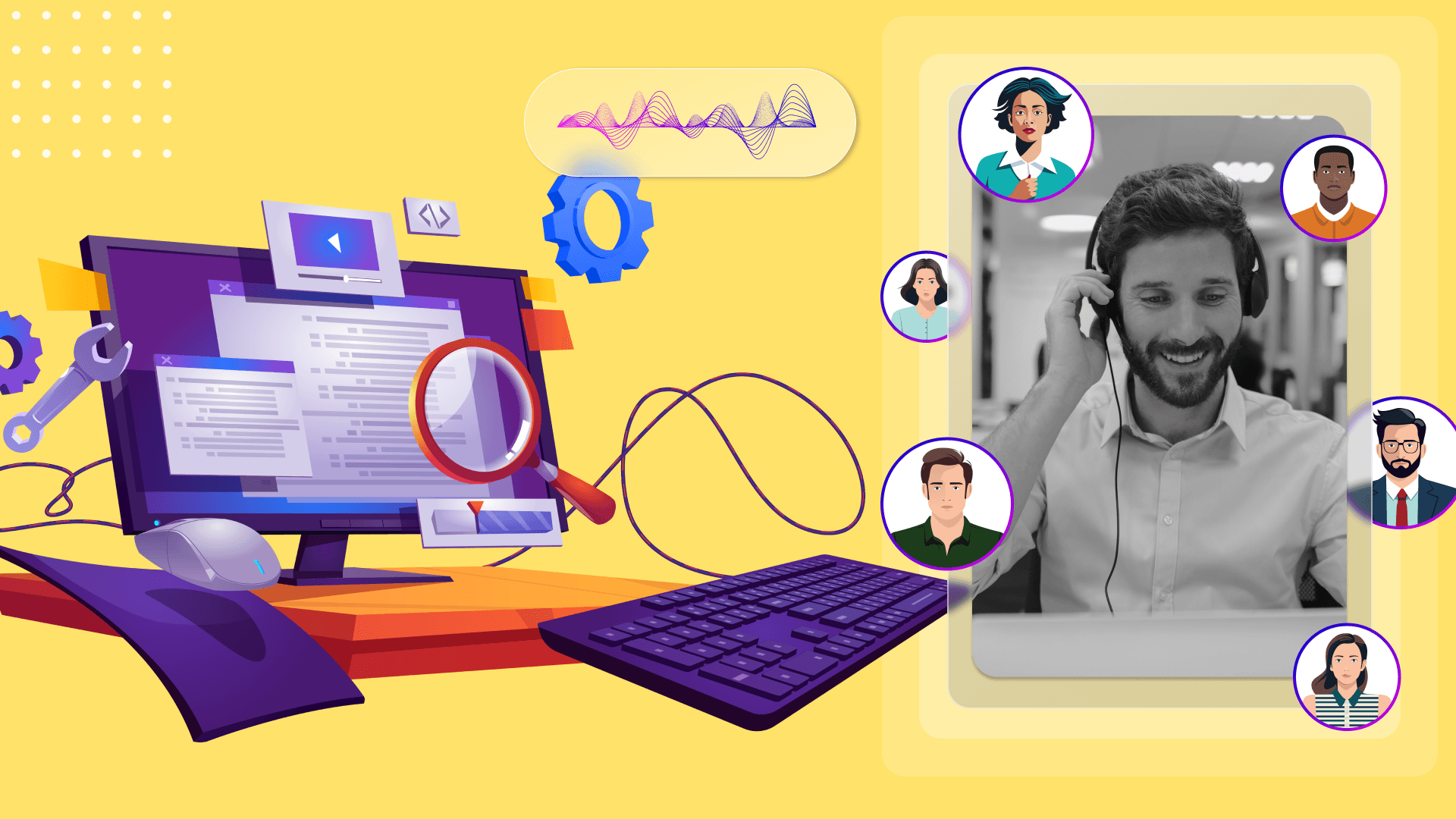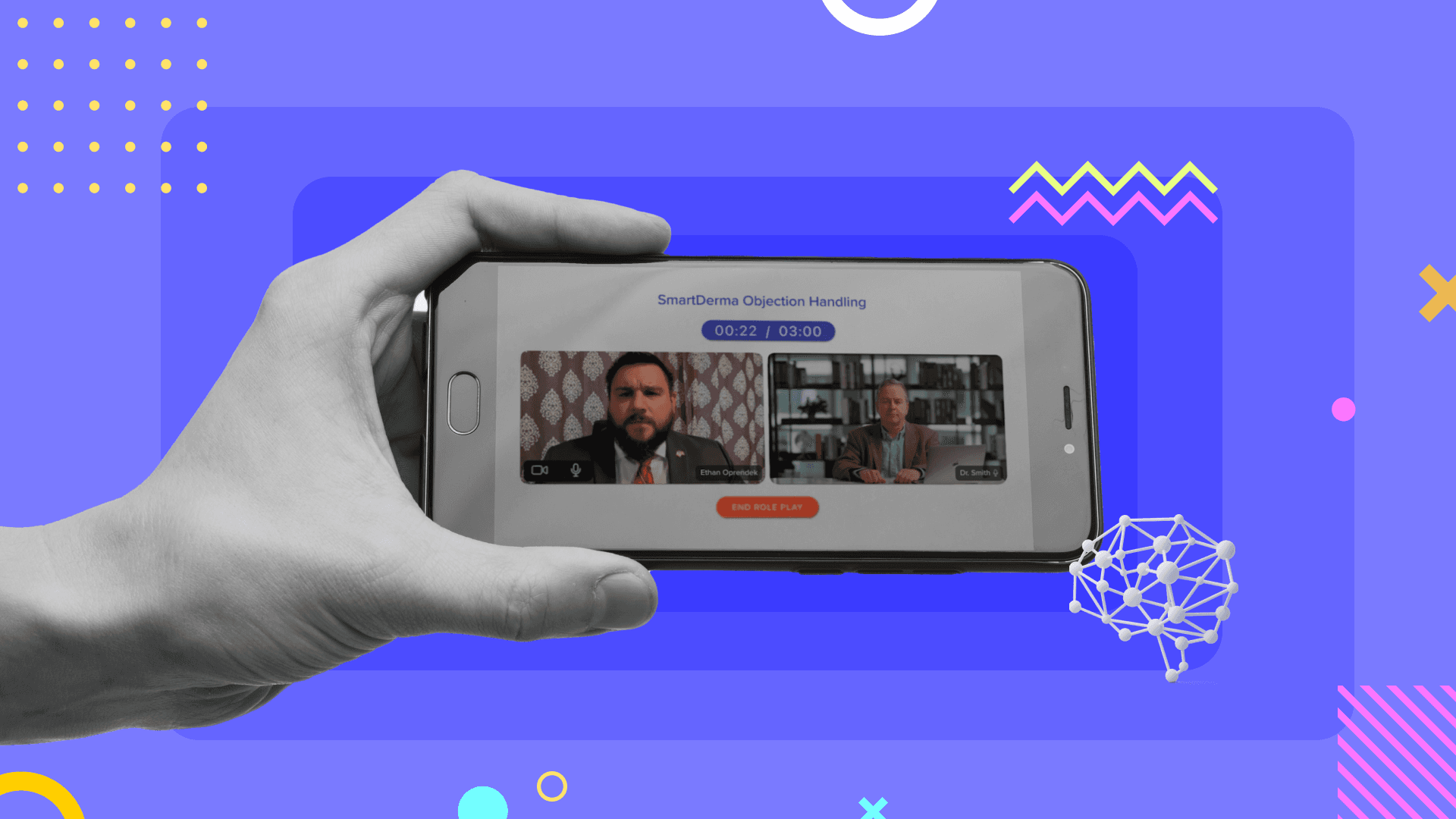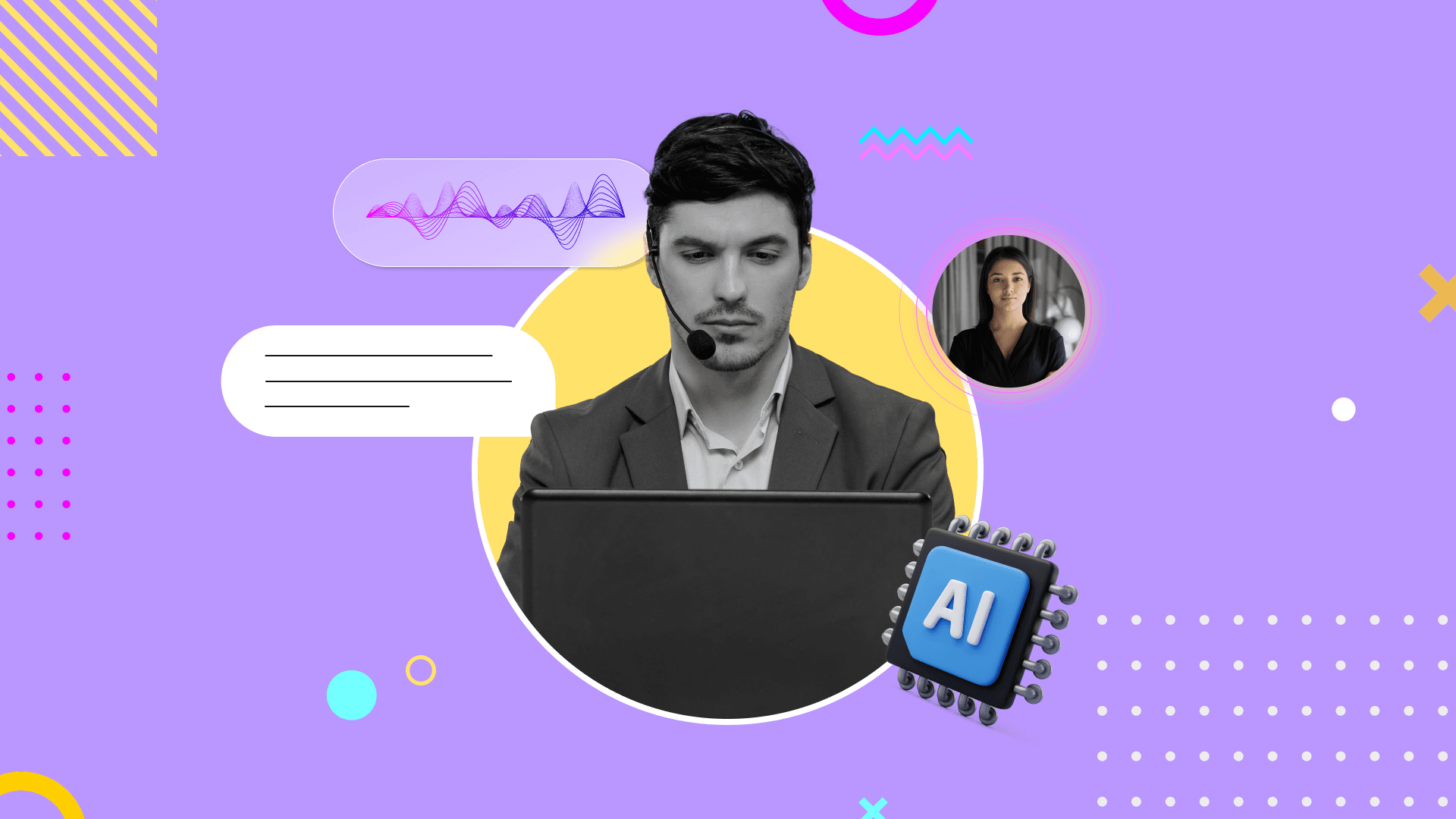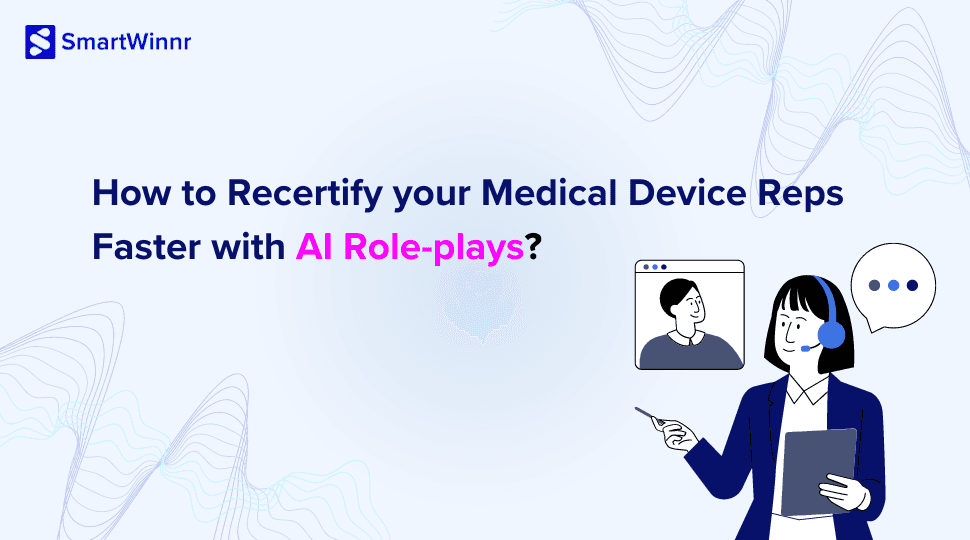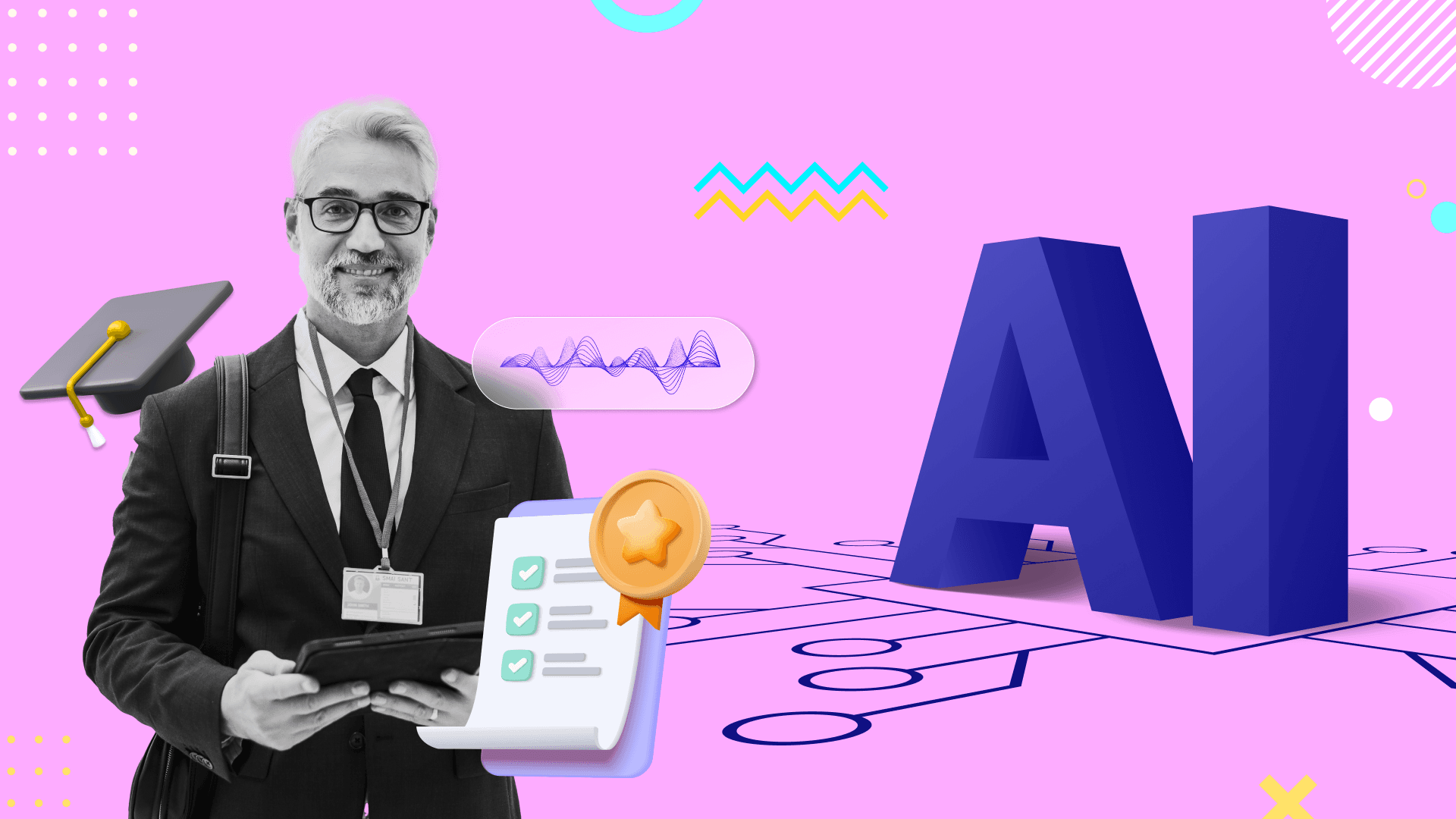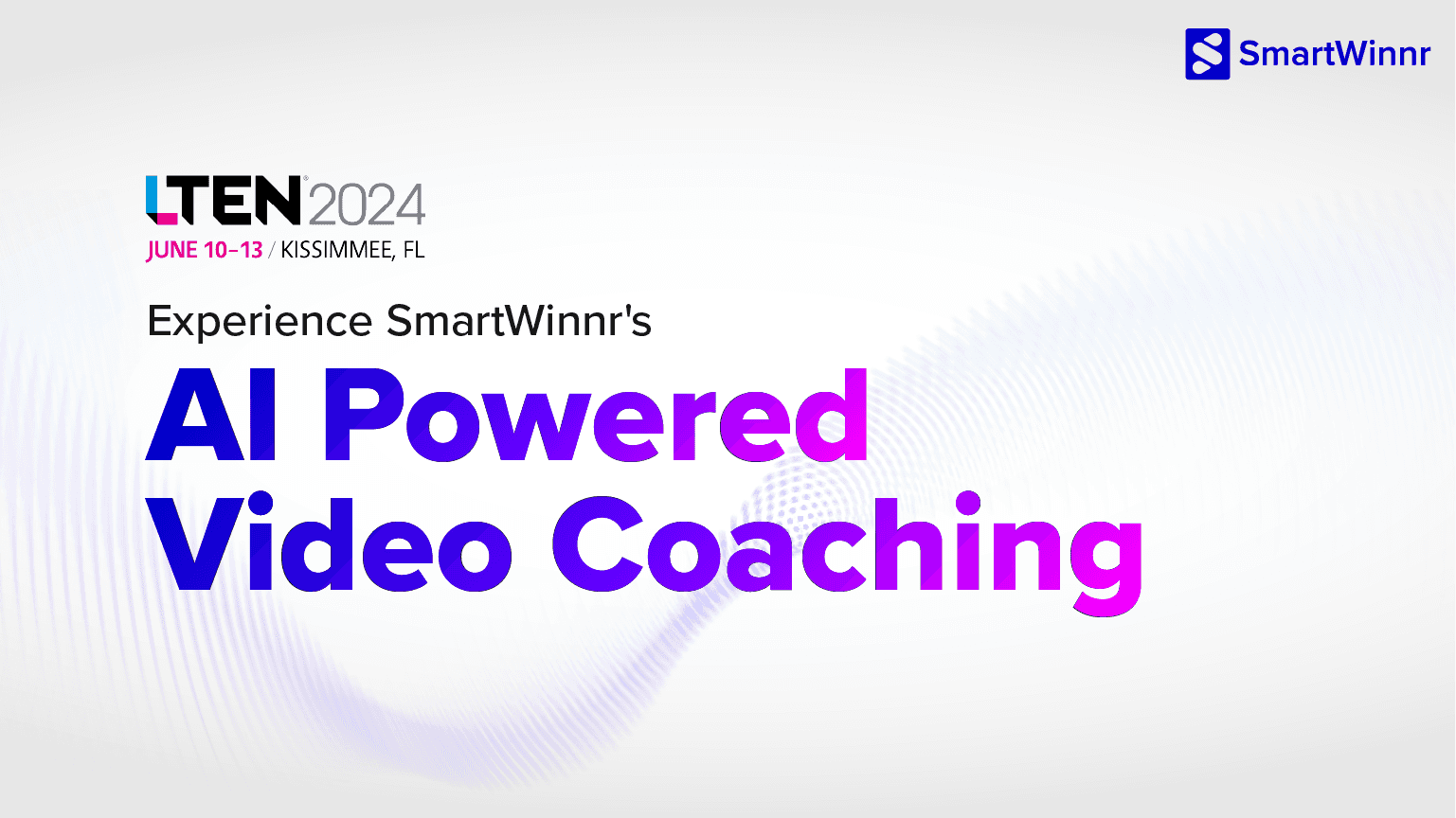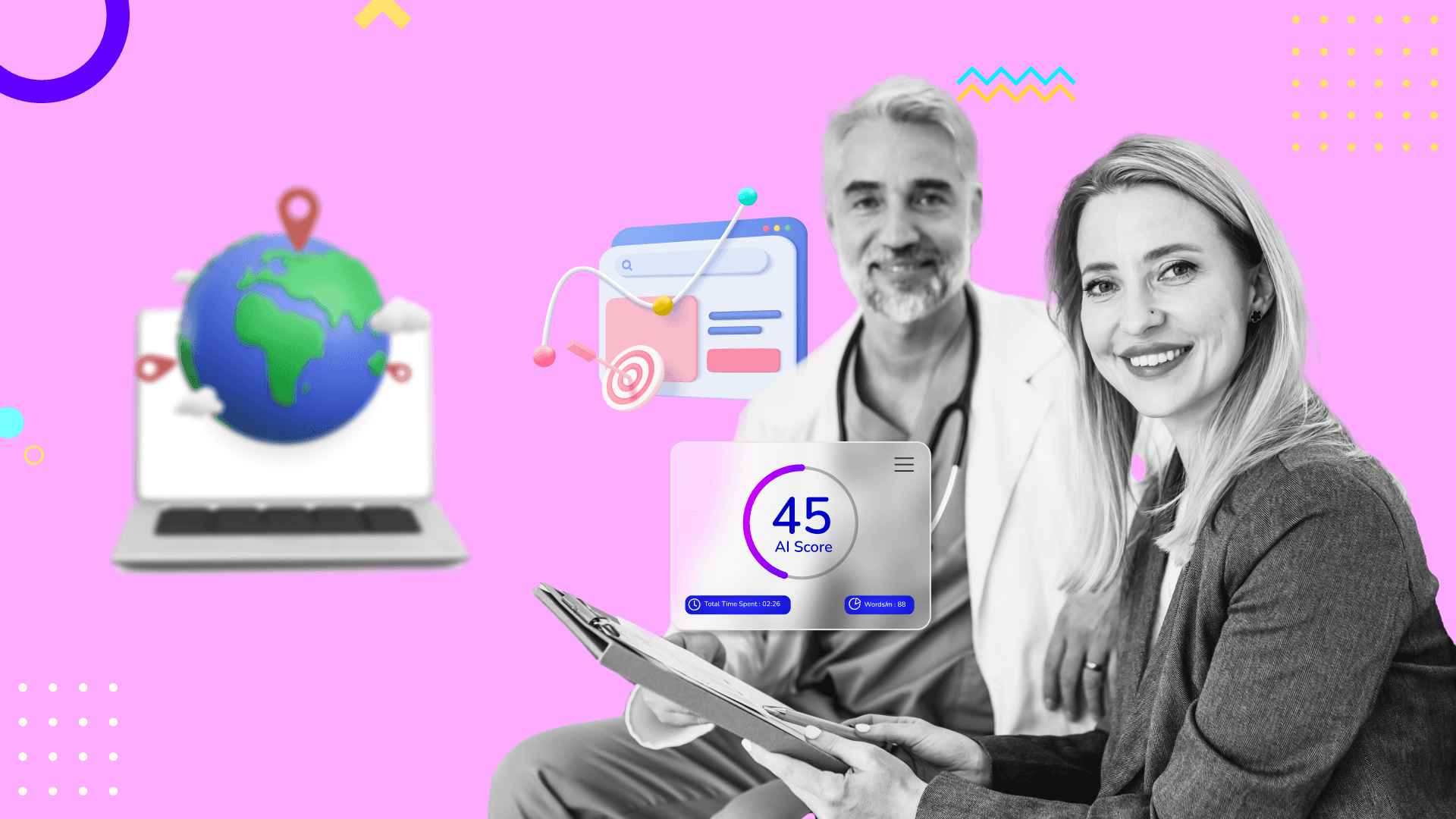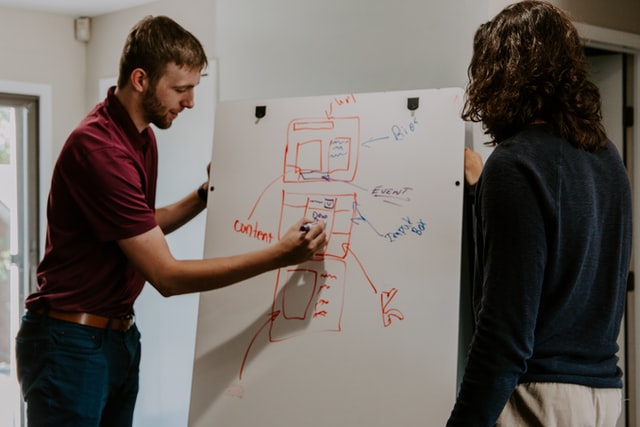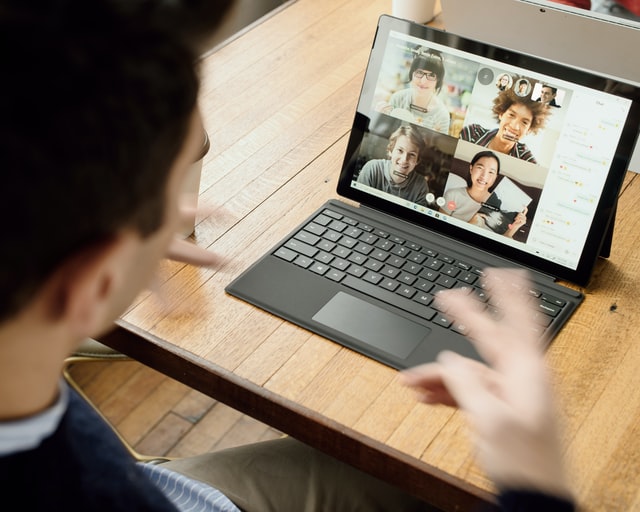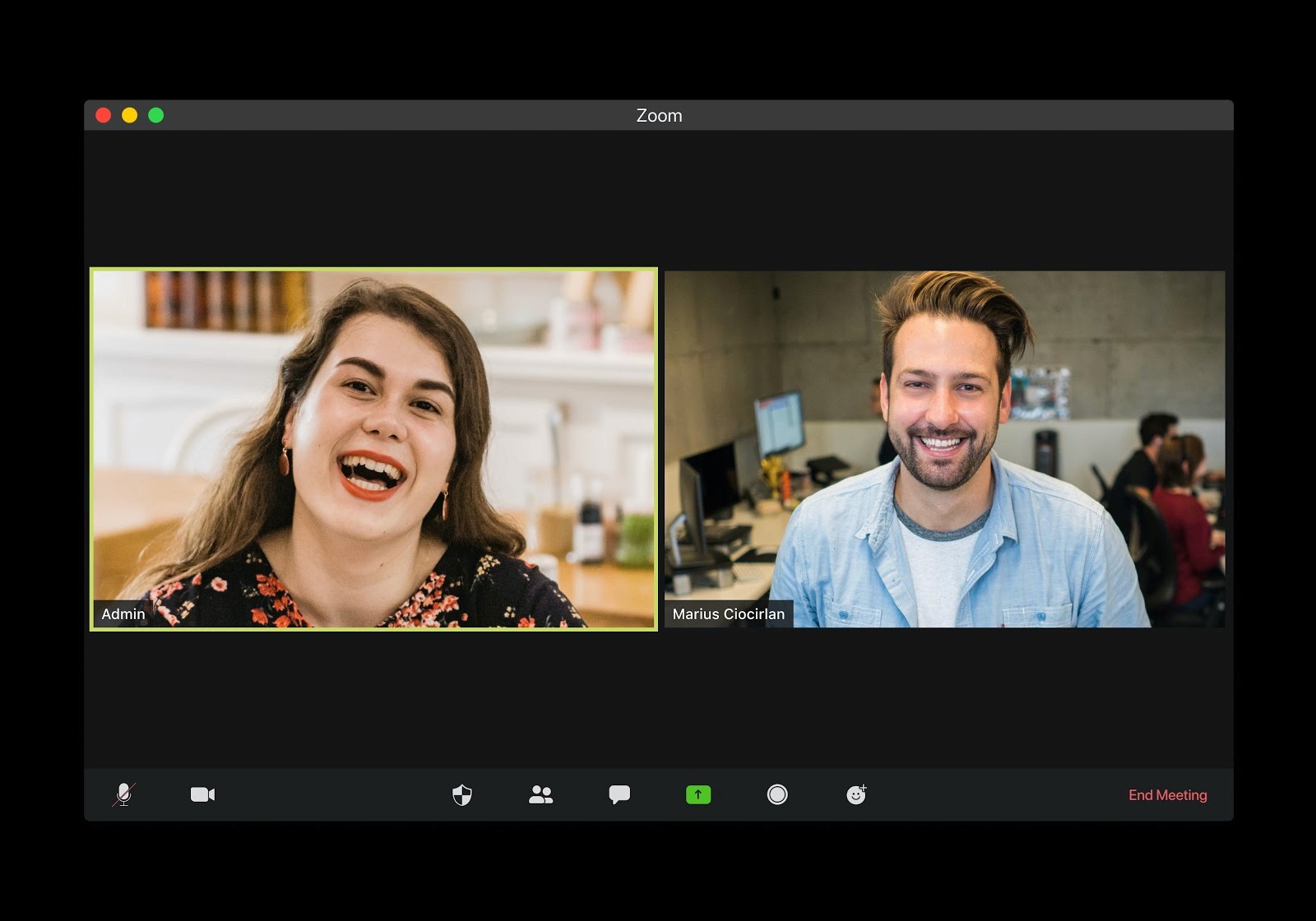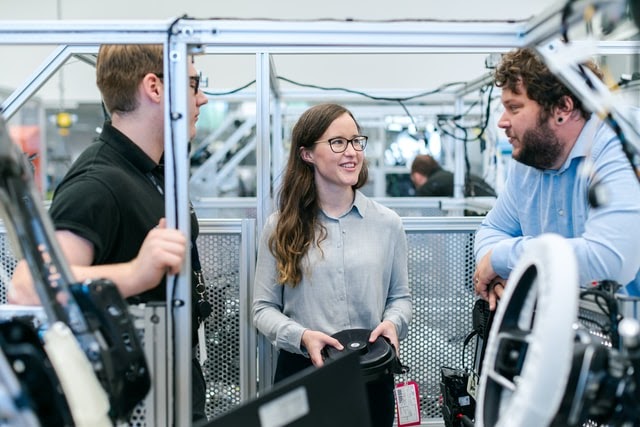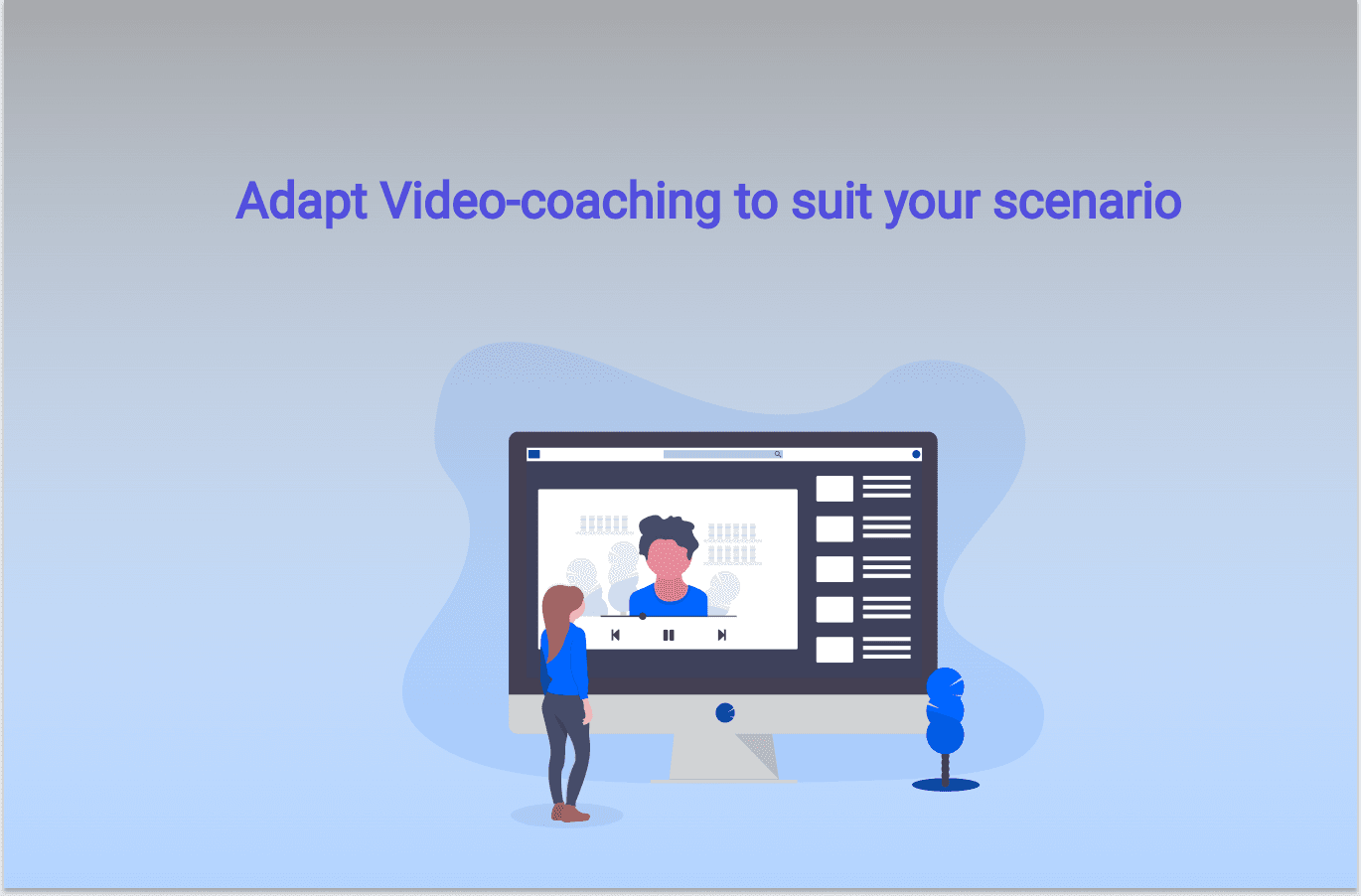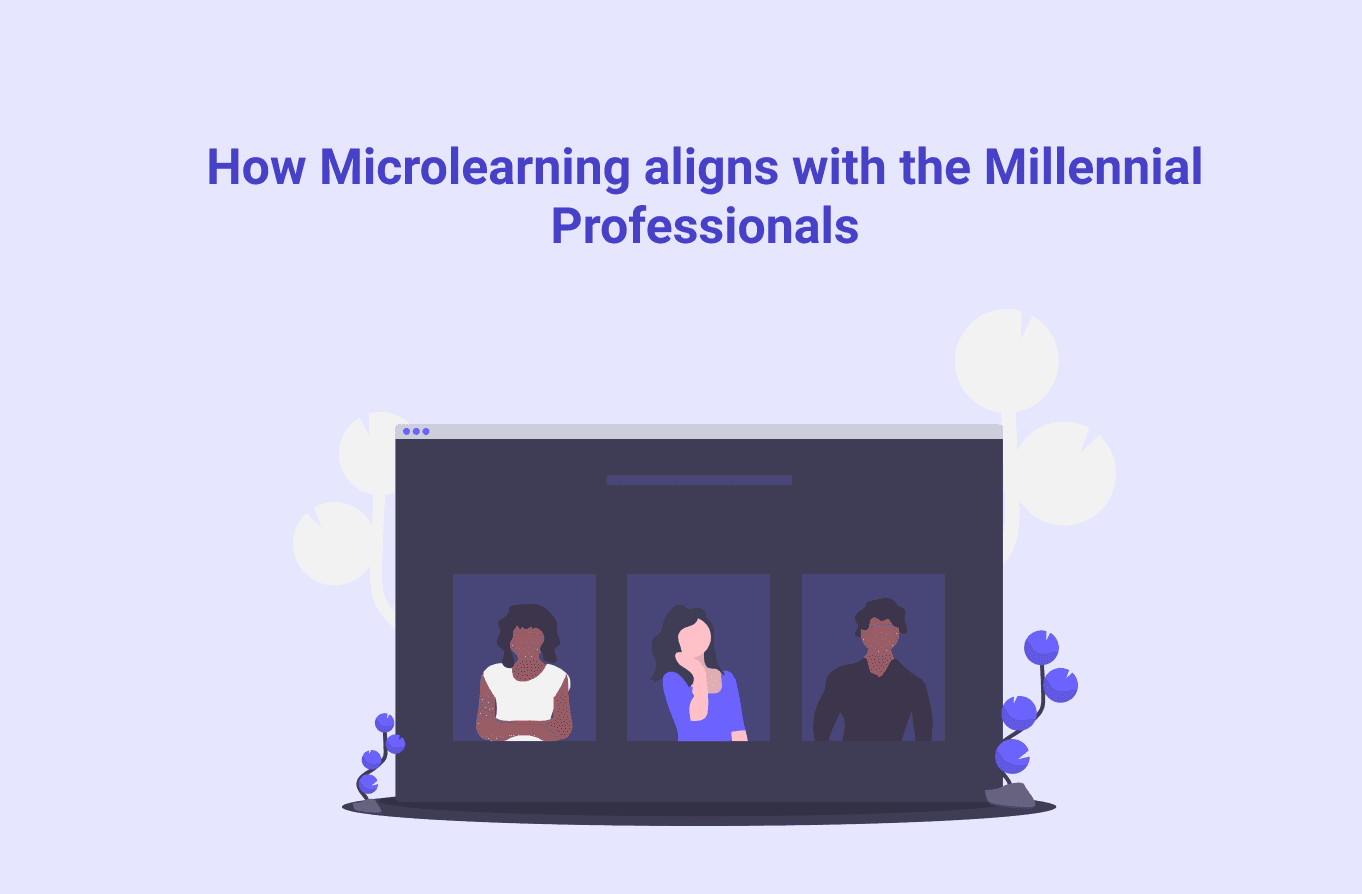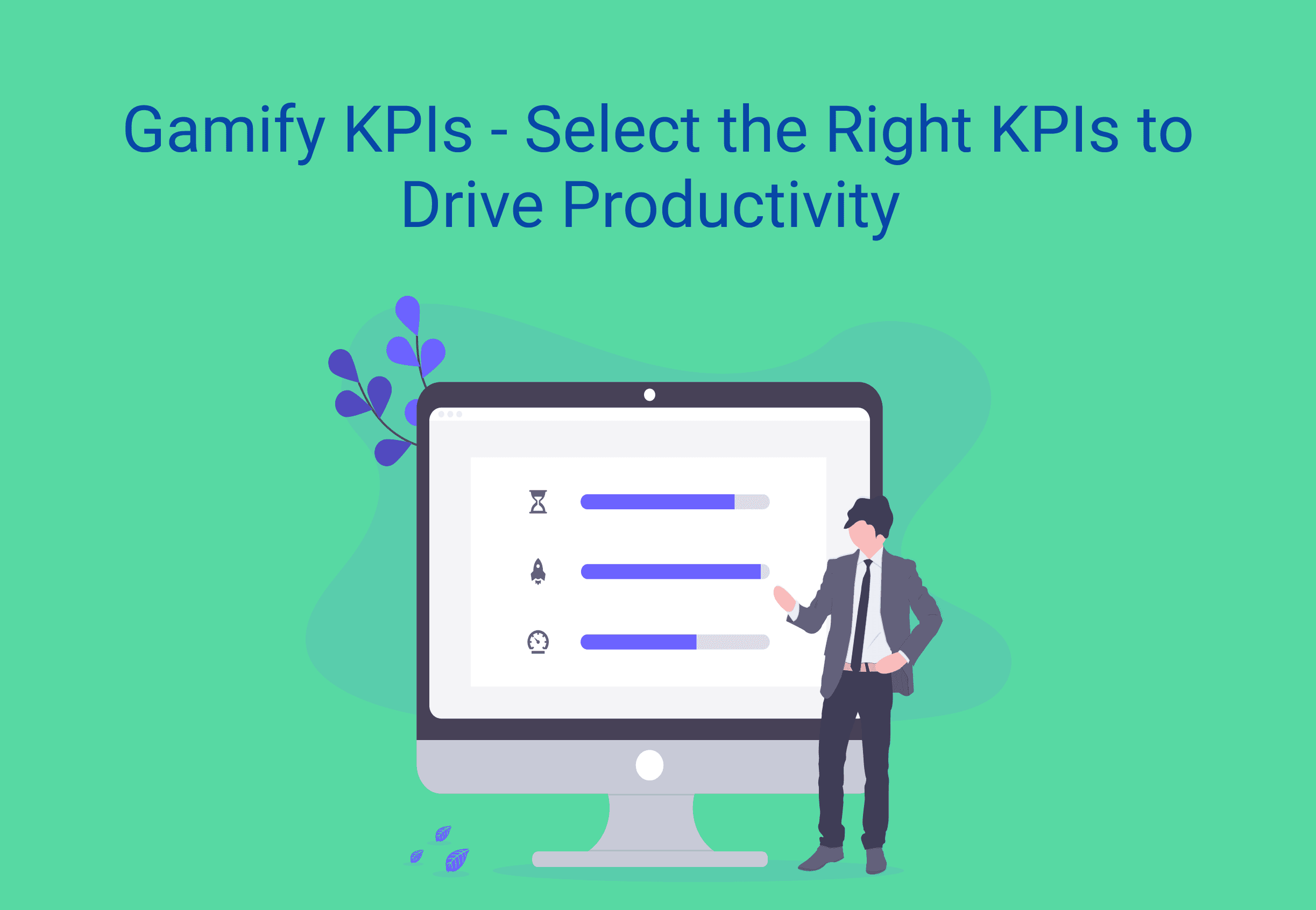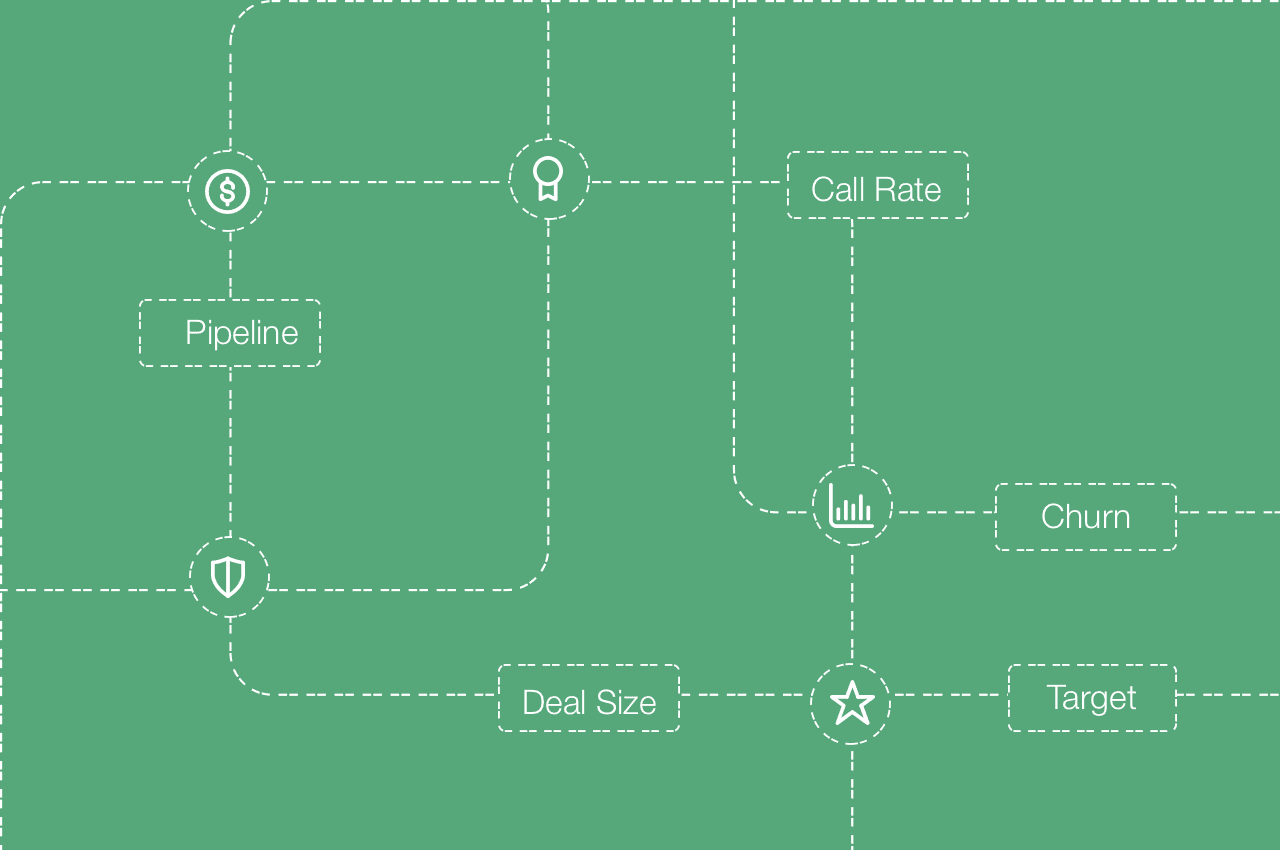Jim is an L&D manager at a large pharmaceutical company. His company has recently adopted virtual training because of the remote work scenario.
Two weeks ago, Jim conducted a two-day new product virtual training for the sales teams of his company. Later, when the sales team had to implement that knowledge in their work, they weren’t very effective. The reason is that they couldn’t recollect most of what was covered in that virtual training session.
Well, Jim isn’t alone. Many corporate trainers find themselves in a similar situation.
Why do you think your one-time training sessions fail to stick for a longer time?
The answer to this question can be better explained by “Ebbinghaus Forgetting Curve”
What is the Ebbinghaus Forgetting Curve?
“Ebbinghaus forgetting curve is a mathematical curve discovered by a German psychologist Hermann Ebbinghaus. It describes the rate at which humans forget information they have learned without having regular reinforcement”

As you can see in the graph, the curve shows how the information is lost over time when there is no attempt to retain it.
A lot of other cognitive studies also state that-- Humans forget approximately 50% of new information within an hour of learning it. That goes up to an average of 70% within 24 hours.
But, the good news is that there is a way to combat this forgetting curve and help your learners to retain crucial information. It is Microlearning.
Why is Virtual Training and Micro-learning a Match Made in Heaven?
The new normal that we live in right now is fully digital.
As we adopt virtual training, there is a greater need for your training content to:
Be digitally viable
Cater to shorter attention spans and just-in-time learning needs
Engage the learners with the training content
Motivate self-directed learning
Help in improving retention rate
Guess what serves all of these new-age learning requirements? That’s right, its microlearning. Combine your virtual training with microlearning to create a powerful, effective, and continuous virtual training program for your learners.
Let us now see how microlearning supports your virtual training and help your learners to digest, retain, and apply the information they have learned effectively.
1. Shorter Bursts of Information
According to cognitive science, the human brain tends to learn quickly and effectively, through short bursts of information. Microlearning gets its name from this very principle. So, you can imagine how important it is.
Basically, here, you need to break down your lengthy training content into smaller nuggets. While chunking the content, keep in mind that “micro” is the key here. Make sure that you focus on a single topic per microlearning feed.
Next, convert these smaller nuggets into various rich media formats like infographics, images, videos, podcasts, storyboards, etc. This kind of micro information minimizes the cognitive load on the learners and provides them a better learning experience.
How this benefits in virtual training: Learning in a virtual setting is often accompanied by a lot of inevitable distractions, leading to an even shorter attention span. Microlearning is highly effective in tackling this very problem. The bite-sized microlearning feeds take no longer than 2 minutes for the learners to consume. So, your learners can quickly learn a piece of information in just a few minutes and get back to their daily work.
2. Spaced Repetition Effect
Learning a concept just once isn’t enough to remember it for a long time. It’s not how the human brain operates. People need to get exposed to a piece of information several times over a time period for it to be retained. This is where the spacing effect helps.
Spacing refers to the practice of revisiting information regularly. If you have learned something a week before an exam, and have revised that 2 days later, you have followed a spaced learning approach.
Here’s how you can implement this with microlearning: Send reinforcements of crucial concepts and conduct quiz tests on them, once every week. This ensures that the information is stored in the learners’ long term memory and helps them to recall it immediately when they need it.
How this benefits in virtual training: Spaced repetition creates a continuous learning opportunity for virtual learners. This not only helps in better knowledge retention but also effectively engages the learners with the training.
3. Scaffolding
“Scaffolding” is a very interesting principle of cognitive science and microlearning. This simply means that information is presented to the learner in a progressive fashion.
Here is how to implement scaffolding:
Start by reinforcing the easy concepts first, to your learners. Then as they progress to the next units of microlearning, make it more challenging and difficult. This ensures that your learners are perfect with the basic knowledge before getting to the complex concepts. This way they will be able to easily learn and retain difficult concepts.
How this benefits in virtual training: Scaffolding helps your learners to learn various concepts in a sequential and structured manner. This provides them a better learning experience and helps them to progressively improve their learning capabilities.
4. Just-in-time Learning
This is another crucial tenet of microlearning which is very effective in driving information recall and retention amongst your learners. Just-in-time learning is all about putting the training content into your learners’ hands and making it available to them anytime and anywhere they need it. How to do that?
Here’s how: Deliver the microlearning feeds to your learners via an app or email. This lets them access the training content on-the-go. They can look up any specific information or revisit a concept with just a few clicks on their mobile, tablet, or laptop.
How this benefits in virtual training: With the remote work scenario, the line between the personal and professional lives is blurred for many employees. In the middle of multitasking– managing their personal and professional work– they are often left with very little time to learn.
This is where just-in-time learning helps. It facilitates self-paced learning for the learners and allows them to learn anytime and from anywhere. They can access their training content and learn anytime, anywhere.
Final Words
Now that you know how microlearning helps you to deliver high-quality virtual training, it’s time for you to go ahead and implement it as a part of your training program.
Want to learn more about microlearning? Read the below articles:
Spaced Repetition and Microlearning: Two peas in a pod
Use Micro-Learning to Turbo-Charge your Sales Team
How to Convert a PowerPoint Presentation into Microlearning Content?
Some resources on virtual training for remote employees
How to Deliver Training to your Remote Sales Staff?
Why continuous training is important in sales?
How to Transform your 2-day Face-to-face Training into a Microsoft Teams Virtual Training?
Looking for a platform to automate the process of delivering microlearning feeds for your learners?
Explore SmartWinnr’s SmartFeeds. SmartFeeds help you create microlearning feeds and deliver them to your learners through the SmartWinnr mobile app regularly. Your learners can then like and react to these feeds. This helps in increasing the engagement of the learners.
Interested to see it in action? Book a demo today!
Related Posts
Looking for a sales training software that takes your sales training to a whole new level?
Explore SmartWinnr’s Learning and Gamification features. Learn how to run fun and engaging sales training and sales coaching for your team through SmartWinnr.
Curious to learn more about it? Book a demo today!


